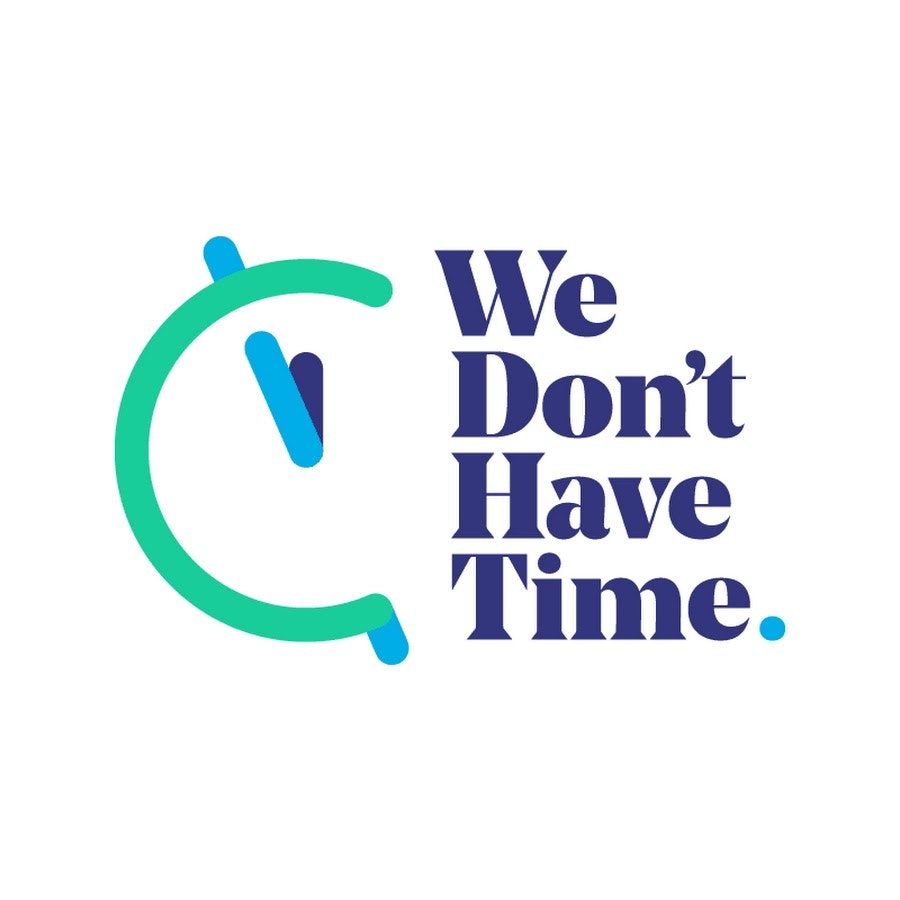“The price of light is less than the cost of darkness. ~ Arthur C. Nielsen, Market Researcher & Founder of AC Nielsen.
Arthur Nielsen puts it well when he talks about data and business. The same can be said about school classrooms.
For far too long scoring well in exams in India has been considered the ultimate goal of schooling. A student’s status and value amongst peers depended on their ranking in various areas of academics. The real purpose of testing and examinations has been quietly ignored and forgotten and, in most cases, never been explored at all. This has effectively been a barrier to using data regularly produced in classrooms. School administrators and leaders need to facilitate an urgent change in teachers’ mindset towards data. Teachers need to realise that data is more than just test scores. Teachers must be given time and guidance to make connections between different types of data that would ultimately enrich the teaching environment.
Schools produce an immense amount of data on a monthly and yearly basis. However, only a small percentage of this is ploughed back to help plan forward. For instance, the data received after an examination can help a school principal identify the general trend in performance of students through the school. What particular subjects are getting better scores and what are not. Similarly, acquiring data about which grades are performing well overall and which aren’t.
An in-depth analysis of such information can help the school leader identify teaching and learning gaps in students. Records on students’ profiles, attendance and even physical health can reveal why a certain child was not attentive in class. At the level of a teacher, student scores and answer sheets provide insights into which students need help and specifically, in which area. This helps the teacher guide their instructions and make customised plans to improve student learning. When the evaluation of these tests is done effectively, with proper feedback, each student recognises their area of strength as well as weakness. This is one of the most efficient ways to improve student learning.
Schools, therefore, need to find a way to ensure that teachers see data as another useful tool of their trade and collect relevant information connected to the larger goals of the school. Teachers need to know why they are collecting a particular kind of data, how it will be used and what insights it has to offer. If teachers start seeing data as a useful resource, it can help them connect with their students and empower their teaching through constant reflection.
The ISLI City Fellowship Program recognises the effective use of data as a crucial resource to plan instructions as well as planning for the entire school. ISLI trains school principals on how to read and interpret the data and as well as analyse and plan for action steps that can be implemented. This practice is encouraged so that it trickles down to the classroom level, where teachers cater to students by letting data drive instruction.
For instance, after a workshop on ‘Data in classrooms’ conducted by ISLI in Hyderabad, a school leader K Prathyusha, (TSWRS – Telangana Social Welfare Residential Educational Institutions Society Thorrur) worked with the ISLI Hyderabad Programme Manager to analyse half-yearly test data for one of their secondary grades. The school leader identified two key areas that needed improvement. Connecting this to her regular classroom observations, the school leader realised that the current methods of instruction being implemented in these classes did not focus on these two particular skills. The school leader shared these insights with the respective teachers and created a monitoring template for the same. The teachers then began to conduct weekly tests to collect relevant data. After collection, teachers would work together to analyse this data, group students based on progress and define action steps for each group. This also resulted in teachers improving their weekly plans to target the areas for improvement, as identified through the analysis.
Here are some of the methods school leaders can implement in their schools and also guide their teachers:
Chalk out time, ideally after exams, for teachers to sit together in a group and reflect on the data collected and discuss with their peers. These reflections can then translate into action steps. Start by providing teachers with a list of simple questions to ask when analysing data (How can I group students based on their skills? Which students in my class have shown growth since the last assessment? Which skills have my students not mastered at all?) Use data when giving feedback to teachers after a lesson observation. Ask teachers to bring along data from the class (student notebooks, test papers, etc.) to provide evidence during the de-brief of any lesson. Share school-level goals and data with teachers to help them realise they are a part of a …













